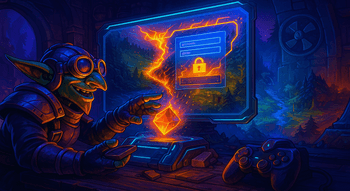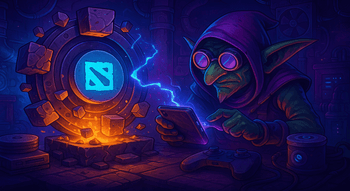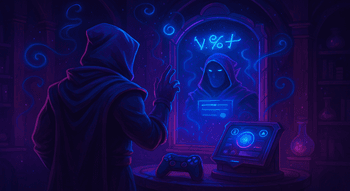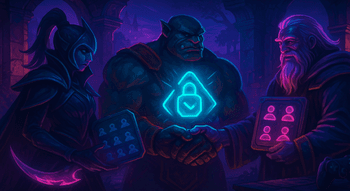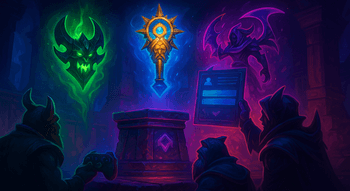Dota 2 Lotus Pool
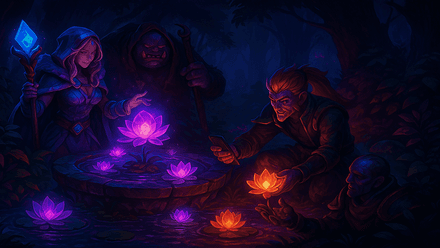
Dota 2 Lotus Pool is a game-changing terrain feature that was introduced by Valve in the 7.33 patch. And yet, despite the clear advantage Lotus Pools offer, they are often ignored, especially in lower ranks.
Today, we’re attempting to change this by providing a detailed guide on how to use Lotus Pool in Dota 2 and explaining how a Pool can benefit your hero and team. You’ll be surprised how many games you can win simply by knowing what to do with these weird fountains. Besides, everything that might be confusing will be accompanied by screenshots for better understanding. Let's dive in!
What Is the Lotus Pool?
First off, let’s go through the basics.
Lotus Pool Basics
A Lotus Pool in Dota 2 is a special map object available in each game. It is a fountain (or a pool) that spawns a certain highly useful utility item (Healing Lotuses) throughout the game. Lotus Pools are located on each of the side lanes, right where side lane shops used to be. Both pools can be used by any player of any team.
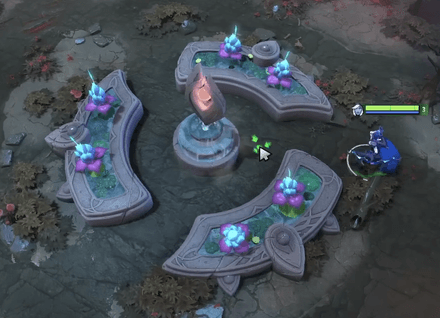
How Lotus Pool Works
There’s no big secret to how you should interact with a Lotus Pool: Whenever a Healing Lotus is spawned, you just have to enter the center of the pool. Since patch 7.38, you don’t need to click anything — simply standing there is enough. Collecting a Lotus takes 1.5 seconds, with each subsequent one taking 30% less time than the previous (2nd — 1.05s, 3rd — 0.735s, and so on).
It’s also important to mention that Lotuses can only be collected if only one team is present in the pool. The Lotus is then granted to a random player from that team. If an enemy is inside, the collection will pause until they leave — whether by choice or by force.
When and Where Does Lotus Pool Spawn in Dota 2?
Pools are located at both side lanes, and they are completely identical. They spawn lotuses every 3 minutes until the game ends (the first ones appear at 03:00). Unlike neutral spawns, Healing Lotus spawns can’t be interrupted. If no one is there to immediately take them, they will remain inside the pool until claimed.
Patch 7.38 brought a few changes to the spawn of the Lotuses. Thus, when the Tier 4 neutral items become available (37:00+), the pool will start spawning Great Healing Lotuses, and after Tier 5 (60:00+) — Greater Lotuses. These small changes make securing Lotuses crucial even in the late game.
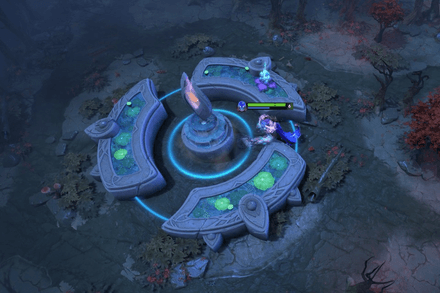
Lotus Pool on the Dire side

Lotus Pool on the Radiant side
Dota 2 Healing Lotuses’ Mechanics
A Healing Lotus is a consumable item that instantly restores 125 HP and MP. If you have 2, they will be placed in a single inventory slot, but there’s no way to use both of them simultaneously (the cooldown is 5 seconds).
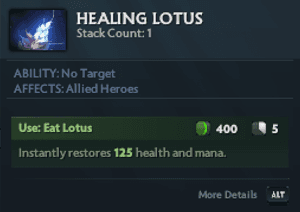
However, 3 Healing Lotuses are combined into 1 Great Healing Lotus that restores 400 HP and MP. However, if you have a Great or Greater Healing Lotus in your inventory and collect 1 more regular, it won’t stack.

Instead, stage 1 Lotuses will be placed in a separate inventory slot, where they continue to stack into Great ones. Finally, 2 Great Healing Lotuses automatically combine into a Greater one, which is the item’s final form. It restores 900 health and mana on use.
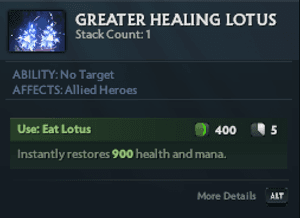
One more thing to note is that you can use Lotuses on your allies by pressing Ctrl + item hotkey and clicking the target.
Benefits of Lotus Pool
Now that you understand the basic Dota 2 Lotus Pool mechanics, let’s discuss the strategic impact of Healing Lotuses.
- In the early game, it’s all about basic regeneration that’s so vital in the laning phase. Given that the early game on side lanes typically consists of 2v2 clashes, +125 HP and MP can mean a difference between dominating the lane and losing it.
- In the mid-game, Great Healing Lotuses can improve your team’s sustainability in collective ganks, objective pushing, etc. 400 HP and MP is half the mid-game total for some heroes.
- As for the late game, things get even more interesting. As we have already mentioned, greater Healing Lotuses are the final form of the item, and these do not stack. Yet, there’s something even cooler. If you combine 3 Greater Lotuses with the Cheese that drops on the 2nd Roshan death, you’ll get a Block of Cheese, a powerful consumable item. It doesn’t regenerate HP or MP, but instead grants a permanent 500 HP shield that regenerates 100 HP every second. Although the regeneration stops for 5 seconds when attacked by enemy heroes, Block of Cheese is still kind of overpowered, especially for heroes that already have damage reduction and status resistance (Ursa is a great Block of Cheese target). This late-game item can turn games around and should never be underestimated.
Lotus Pool Strategies in Dota 2
Now that we have the Dota 2 Lotus Pool explained, let’s see how you can use them to get an advantage at every stage of the game.
Early Game Control
As we’ve already mentioned, the early game is all about staying in your lane and soaking in as much experience and gold as possible. Therefore, Lotus Pools are perhaps the most valuable before the 10-minute mark, as they allow you and your lane partner to sustain longer and get better trades.
At this stage of the game, controlling pools and taking lotuses is an essential support task, just like pulling, harassing, and securing ranged creeps. Given that it takes just 1 second to take a lotus from the pool, the best supports to contest lotuses during the early game are the ones that have disabling spells:
- Position 5 examples: Crystal Maiden, Shadow Demon, Shadow Shaman, Lion, etc.
- Position 4 examples: Rubick, Elder Titan, Clockwerk, Muerta, etc.
Mid-Game Objectives
Your mid-game Dota 2 Lotus Pool strategy should take into account that the action often shifts away from the side lanes. However, 5v5 fights are also quite rare. Typically, most of the team will move around the map to create space, while cores will go on farming, making them natural Lotus Pool users. Despite being slightly stronger than in the early game, they still need additional HP and MP to clear the lane and neutral camps as fast as possible.
While this scenario is true for most games, sometimes teams run pace-based strategies, aiming to dominate early and mid-game as a unit. That’s when Lotus Pools are at their best. Applying constant pressure takes lots of HP and MP, so teams time their moves around lotus spawns. Imagine a Beastmaster with Aghanim and 2 Greater Lotuses coming at you around the 20-minute mark. Absolutely terrifying!
Late-Game Impact
The longer the game goes, the less valuable Healing Lotuses are as the heroes become more sustainable and have fewer free inventory slots. It's probably one of the major reasons the developers came up with the Block of Cheese. Not only does it have a better effect, but there’s also no point in carrying the block around without consuming it.
Yes, there are times when heroes lack MP in prolonged late-game clashes, but that is more of an exception from the norm. Therefore, the only real value Lotus Pools provide at this stage is the ability to create the Block of Cheese. To get one, you’ll need to combine 3 Greater Healing Lotuses with Cheese (the item that drops on the 2nd Roshan death).
***
That’s it! We hope that mastering Lotus Pools in Dota 2 is a matter of practice for you now. Just remember, lotuses are most impactful in the early game, as they allow you to stay in lane longer than your opponents. However, if you pick fast-pushing heroes, Dota 2 Lotus Pool gameplay is a thing you should master as soon as possible. Besides, if you manage to collect 3 Greater Lotuses and a Cheese, you will get a Block of Cheese — a somewhat broken consumable item that grants a permanent regenerating shield.
